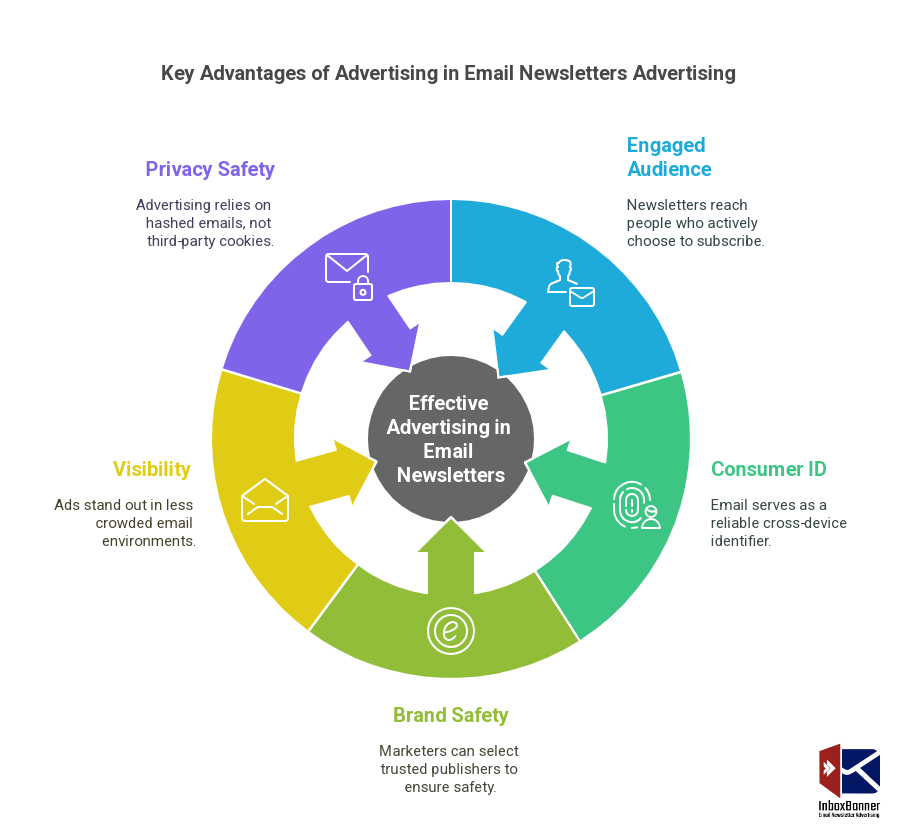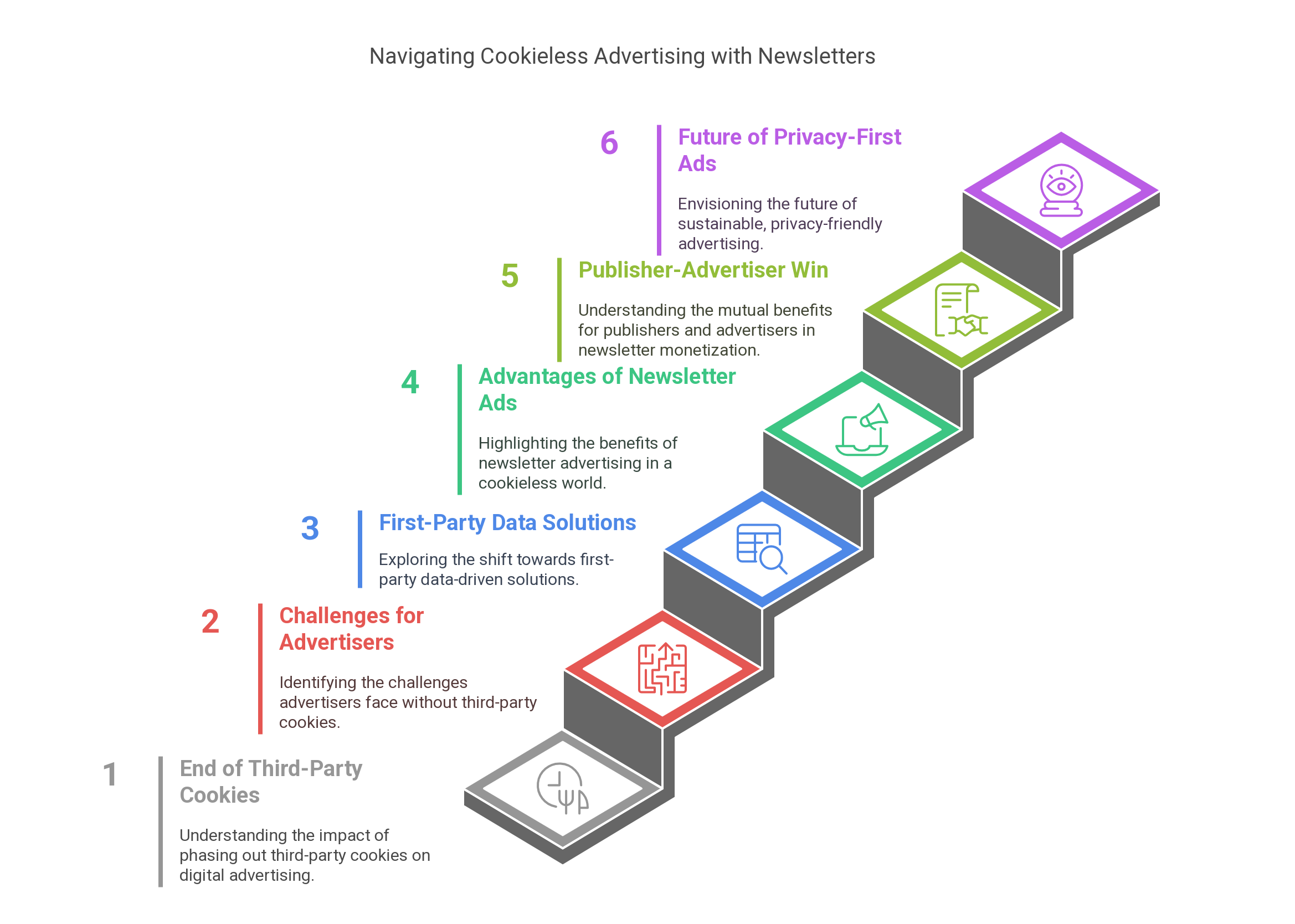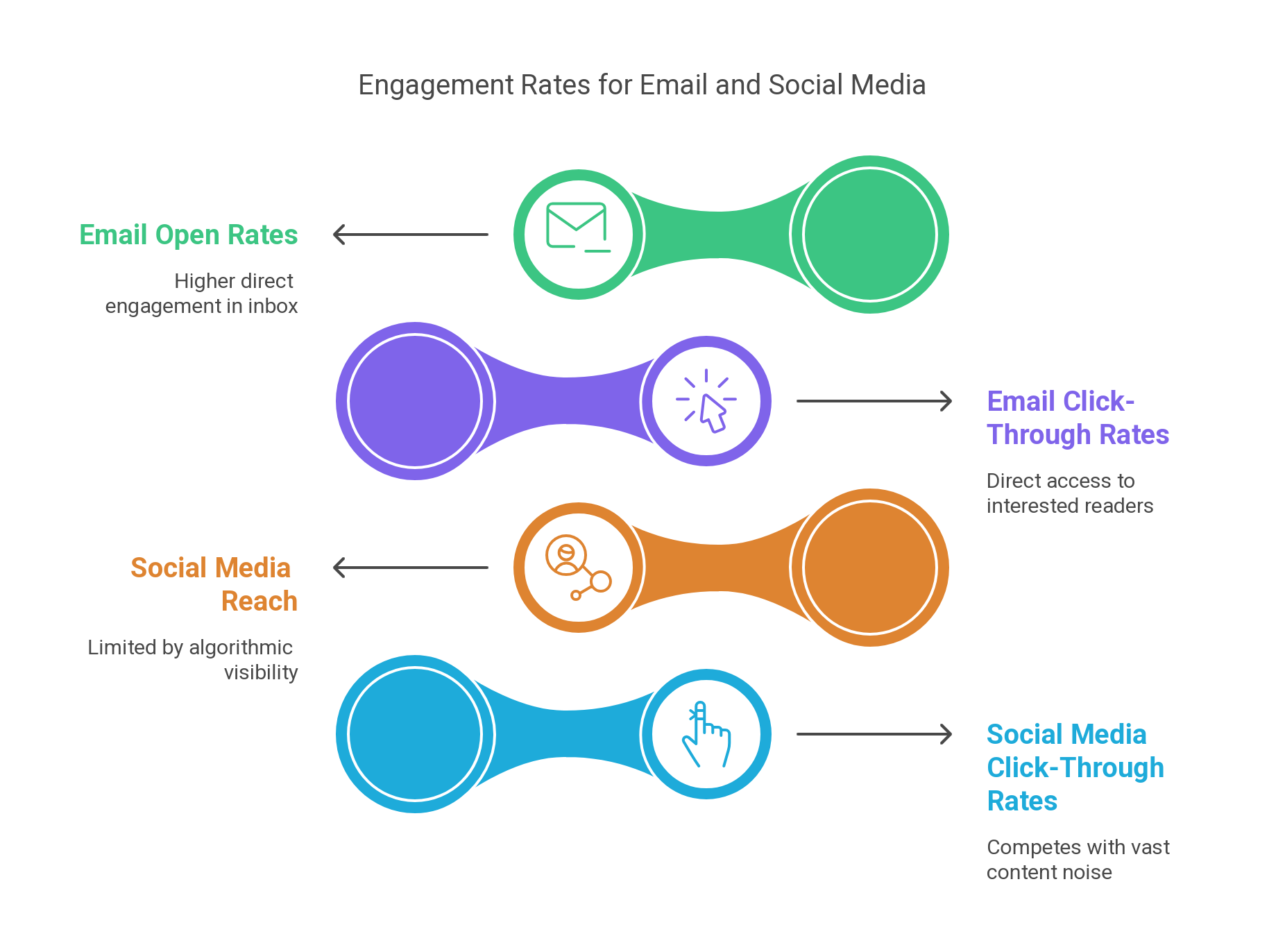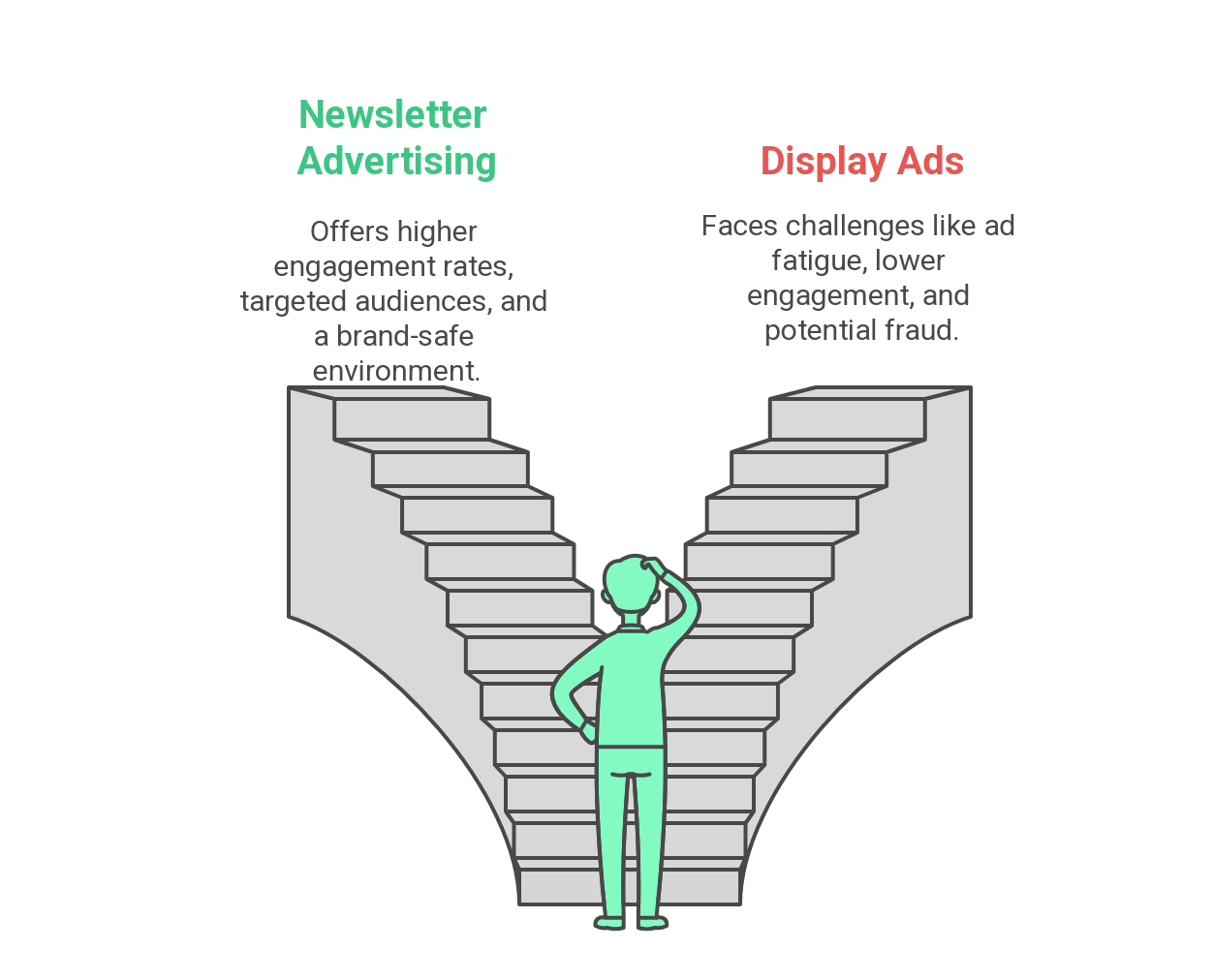Newsletters: The Secret to Advertising in Email
Email newsletters have emerged as one of the most effective and underutilized channels for digital advertising. Unlike traditional display ads, which can often be ignored or blocked, newsletter advertising provides a direct, engaging, and high-impact way to reach audiences. Marketers are increasingly recognizing newsletters as a prime opportunity to connect with consumers in a meaningful and measurable way.

Five Key Advantages of Newsletter Advertising
1. Access to a Highly Engaged Audience
Most people check their email first thing in the morning and before bed, spending a significant portion of their day there. If a consumer has subscribed to a newsletter, they are an active and engaged reader. Unlike display ads, which require little effort to view and offer minimal consumer insights, a newsletter subscription is a deliberate action. Readers have voluntarily opted in, confirming their interest and making them 10x more likely to engage with ads in newsletters compared to traditional web display ads.
Additionally, opt-out regulations like CAN-SPAM ensure that only those who truly want to receive the content stay subscribed. This means that when consumers are reading, they genuinely care.
2. Deterministic Consumer ID
Email addresses serve as a powerful cross-device identifier because people use them to log into nearly every online platform. Unlike browsers, which may be shared among multiple users, email accounts are personal, making them a reliable and deterministic way to identify consumers across devices.
By using email as the foundation, marketers can enrich audience insights by appending metadata such as additional emails, browsing behaviors, and CRM data. This eliminates the need to rely on the Triopoly’s (Google, Facebook, and Amazon) walled gardens, allowing brands to build their own consumer profiles with first-party data.
3. A Brand-Safe, Fraud-Free Environment
One of the biggest challenges in digital advertising is brand safety and ad fraud. Newsletter advertising solves this by offering a secure and controlled environment. Marketers can carefully select trusted publishers, ensuring their brand appears in a reputable context.
Additionally, since email is a logged-in environment, advertisers can be confident that their message is reaching real people rather than bots or fraudulent traffic. This significantly reduces ad waste and enhances campaign effectiveness.
4. Highly Visible Inventory
In a world where digital ad spaces are cluttered with competing messages, email newsletters offer a clean, highly visible advertising space. Unlike websites filled with banner ads, pop-ups, and distractions, newsletters feature a limited number of ad placements, ensuring that each ad gets maximum attention.
Ads placed above the fold or at the top of an email newsletter receive even higher engagement, making them prime real estate for advertisers looking to stand out.
5. Privacy-Safe Advertising
Privacy concerns and third-party cookie deprecation are reshaping digital marketing. However, email newsletters provide a privacy-friendly advertising solution. Unlike many digital channels that rely on cookies, newsletters leverage hashed emails to enable targeting, offering a cookieless yet effective approach.
Additionally, newsletters operate under a consent-based framework, meaning that consumers have explicitly agreed to receive communications. This makes email advertising one of the few channels that align with privacy regulations while still delivering precise targeting capabilities.
Why Newsletter Advertising is the Future
- High engagement rates
- Accurate audience targeting
- Brand safety and fraud protection
- Privacy-compliant advertising solutions
With third-party cookies becoming obsolete, brands that embrace newsletter advertising now will gain a competitive edge in the new era of digital marketing. If you’re looking for a high-impact, brand-safe, and privacy-friendly advertising channel, email newsletters are the answer.
🚀 Contact InboxBanner to explore Newsletter Advertising.



